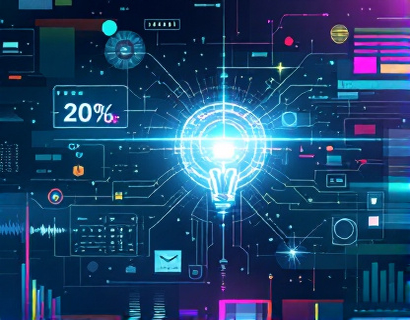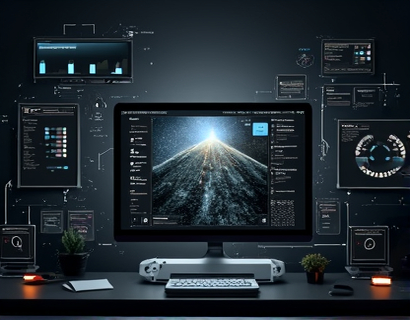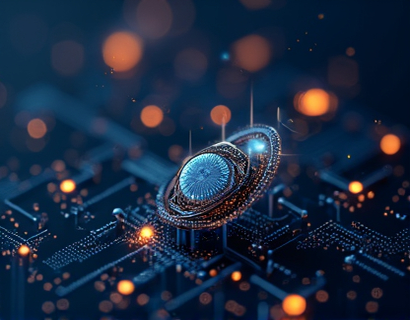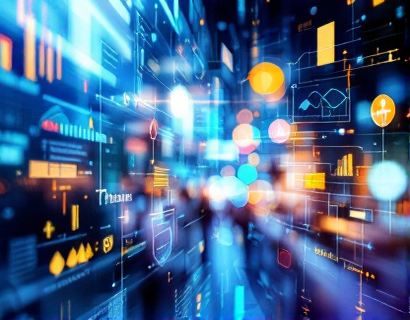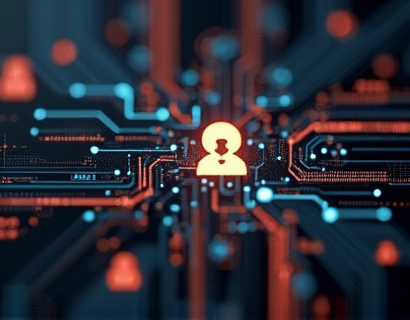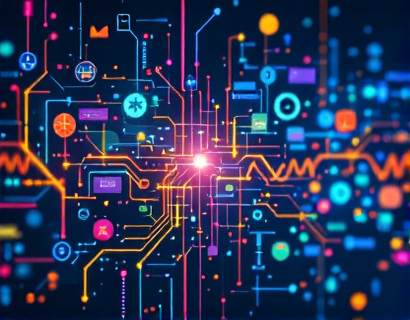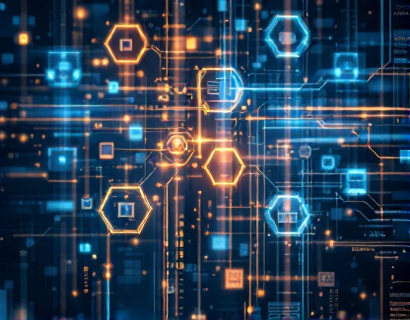Accessible Learning Resources: Empowering Students and Lifelong Learners with Comprehensive Educational Tools
In the digital age, the importance of accessible learning resources cannot be overstated. The proliferation of technology has opened up new avenues for education, making it more inclusive and accessible to a broader audience. This article delves into the significance of comprehensive digital libraries that offer a wide range of educational materials, designed to empower students and lifelong learners. These resources are not just about providing information; they are about fostering a love for learning, promoting personal growth, and ensuring that education is accessible to everyone, regardless of their background or abilities.
The concept of accessible learning resources is rooted in the belief that education should be a right, not a privilege. For students with disabilities, language barriers, or those in regions with limited educational infrastructure, traditional learning methods often fall short. Digital libraries that prioritize accessibility address these gaps by offering a variety of tools and materials that cater to diverse needs. From articles and e-books to interactive courses and multimedia content, these platforms provide a rich and varied educational experience.
One of the key benefits of accessible learning resources is their ability to accommodate different learning styles. Visual learners can benefit from infographics and video tutorials, while auditory learners can engage with podcasts and audiobooks. Kinesthetic learners, who learn best through hands-on activities, can find interactive simulations and virtual labs. This diversity ensures that each learner can find the format that suits them best, enhancing their understanding and retention of the material.
Accessible learning resources also play a crucial role in promoting lifelong learning. In an era where knowledge is constantly evolving, the ability to learn new skills and stay updated with the latest developments is essential. Digital libraries that offer continuous access to a wide range of educational content support this goal. Whether it's learning a new language, understanding complex scientific concepts, or exploring creative arts, these platforms provide the tools necessary for ongoing personal development.
The curation of these resources is vital to their effectiveness. A well-organized digital library ensures that learners can easily find what they need without unnecessary barriers. Categories and tags help users navigate through the vast collection, while search functions enable precise queries. This structured approach not only saves time but also enhances the learning experience by reducing frustration and confusion.
Interactive courses are a standout feature of accessible learning resources. Unlike passive reading or viewing, interactive courses engage learners through quizzes, assignments, and real-time feedback. This interactive element not only makes learning more engaging but also helps in reinforcing the material. Learners can test their understanding, identify areas for improvement, and receive immediate feedback, which is crucial for effective learning.
Moreover, the community aspect of these platforms cannot be overlooked. Joining a community of like-minded individuals fosters a sense of belonging and support. Learners can share experiences, ask questions, and collaborate on projects. This social interaction enriches the learning process, providing motivation and encouragement. It also creates a network of peers who can offer different perspectives and insights, further deepening the learning experience.
The technology behind accessible learning resources is continually advancing. Artificial intelligence and machine learning are being leveraged to personalize the learning experience. Adaptive learning systems can tailor content based on a learner's progress, strengths, and weaknesses. This personalization ensures that each learner receives the most relevant and effective educational materials, maximizing their potential for success.
Accessibility features are another critical component. Text-to-speech, screen readers, and adjustable text sizes make content accessible to individuals with visual impairments. Closed captions and sign language videos cater to those with hearing disabilities. These features ensure that no learner is left behind, reinforcing the commitment to inclusivity.
The impact of accessible learning resources extends beyond individual learners to society as a whole. By providing equal access to education, these platforms help bridge the educational gap. They empower individuals from underrepresented groups, contributing to a more equitable and informed society. In the long run, this can lead to greater social and economic benefits, as a well-educated population drives innovation and progress.
For students and lifelong learners, the availability of comprehensive educational tools is a game-changer. It opens doors to opportunities that might have been otherwise unattainable. Whether it's advancing a career, pursuing a new hobby, or simply satisfying a curiosity, accessible learning resources provide the means to achieve these goals. The convenience of digital platforms means that learning can happen anytime, anywhere, fitting seamlessly into busy schedules.
In conclusion, accessible learning resources are more than just a collection of educational materials. They are a powerful tool for personal growth, a means to foster inclusivity, and a pathway to lifelong learning. As technology continues to evolve, the potential for these resources to transform education is immense. By embracing and utilizing these tools, students and lifelong learners can unlock their full potential and contribute to a more educated and empowered world.





